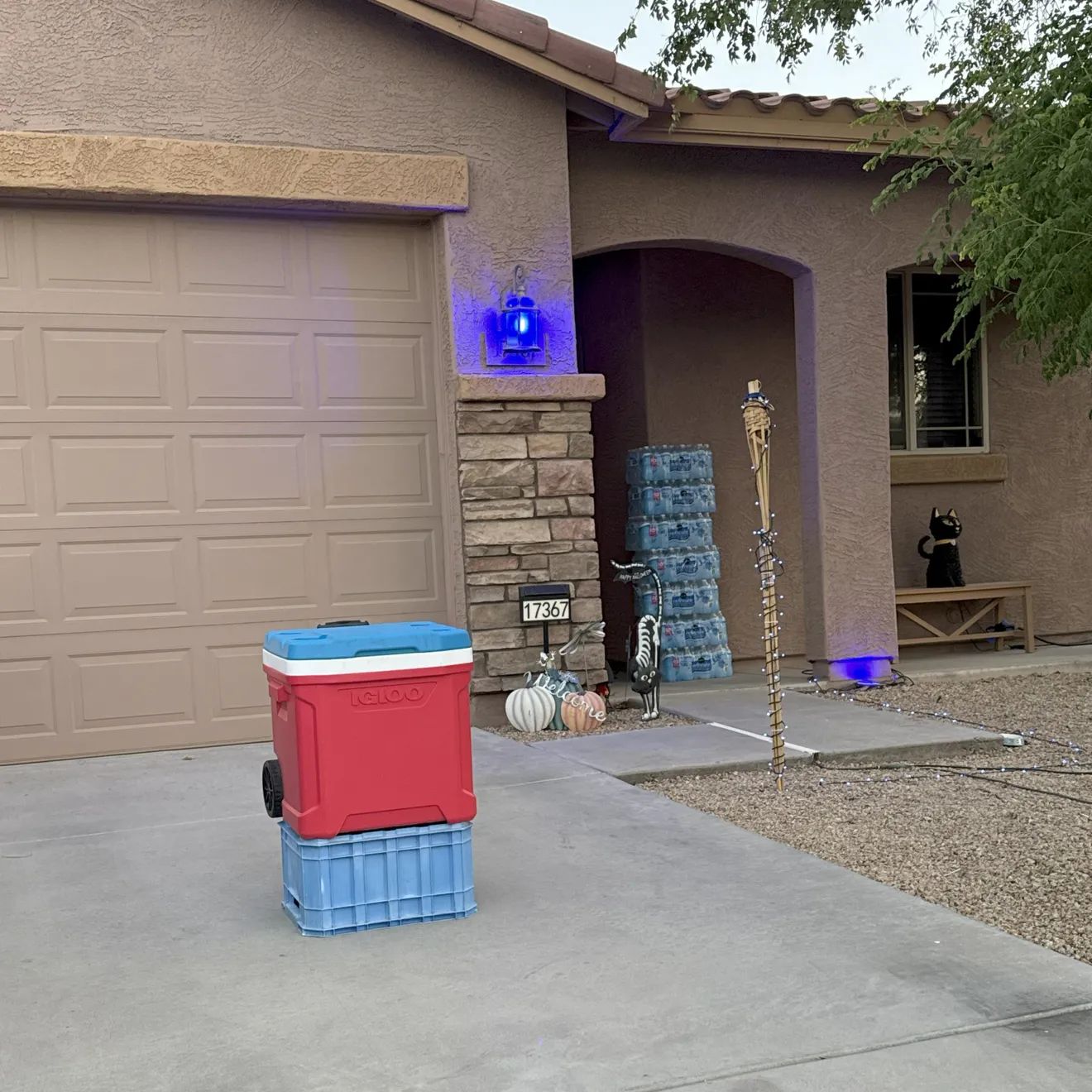- HOA Leaders' Brief
- Posts
- Deferred Maintenance Risk Assessment Framework
Deferred Maintenance Risk Assessment Framework
Good morning!
As we wrap up July, we’re diving deeper into Framework Friday and our All-in on AI community - designed for leaders ready to build smarter and move faster. Join today to be part of the action, and stay tuned for our upcoming AI Readiness Cohort to help you implement AI with real-world impact.
— Lucas Robinson, Founder & CEO at BudgetMailboxes.com
🎯 This Week’s Strategy:
Deferred Maintenance Risk Assessment Framework
🌐 Boardroom Brief:
HOA Governance Under Fire After 'Free Water' Cooler Sparks $650 Fine in Arizona
Strategy
🎯 Deferred Maintenance Risk Assessment Framework
In HOA communities, deferred maintenance is often an invisible threat, quietly accumulating risk while budgets prioritize short-term needs. When left unaddressed, postponed repairs can snowball into costly liabilities, lower property values, resident dissatisfaction, and even legal exposure for the board. A Deferred Maintenance Risk Assessment Framework helps HOA leaders proactively identify, evaluate, and prioritize maintenance issues before they become critical.
This strategy is about shifting from reactive maintenance to preventative risk management. By systematically assessing potential problem areas, HOAs can better allocate funds, avoid emergencies, and communicate more transparently with residents.
How HOA Leaders Can Implement a Deferred Maintenance Risk Assessment Framework
1. Conduct a Community-Wide Asset Health Inventory
Begin by documenting the current condition of all major assets, from roofs and siding to HVAC systems and recreational amenities.
Action Steps:
✅ Walk the property with a maintenance professional or engineer to assess asset conditions.
✅ Record issues, categorize them by severity, and assign a “last serviced” and “next inspection” date.
✅ Use photos or video logs for visual documentation and historical tracking.
2. Assign Risk Scores to Deferred Maintenance Items
Evaluate each item based on the likelihood of failure and the potential impact on the community. This creates a risk matrix to prioritize issues.
Action Steps:
✅ Develop a simple 1 to 5 scoring system for both “Probability of Failure” and “Impact if Failed.”
✅ Multiply the two scores to create a risk level (e.g., 5×4 = 20 = High Risk).
✅ Prioritize items with the highest scores for immediate attention or funding in the next budget cycle.
3. Integrate Findings into Financial Planning
Link high-risk maintenance items to your reserve fund and annual budgeting decisions. This ensures that financial resources are aligned with actual community risks.
Action Steps:
✅ Match high-risk assets to reserve study line items and adjust projected timelines or costs if needed.
✅ Budget for interim repairs or partial replacements where full funding isn't available yet.
✅ Document all decisions for future boards and audits.
4. Establish a Monitoring and Reassessment Cadence
Maintenance risks aren’t static. Set a regular cadence for reassessing your inventory and updating the risk matrix.
Action Steps:
✅ Reevaluate key assets every 6 to 12 months, especially after seasonal extremes.
✅ Assign responsibility for tracking maintenance risk (e.g., property manager, maintenance committee).
✅ Use property management software or shared spreadsheets to maintain visibility.
5. Educate and Involve the Community
Communicate the risks of deferred maintenance clearly to residents. Transparency builds understanding and support for proactive spending.
Action Steps:
✅ Share a summary of key risks and action plans during annual meetings.
✅ Provide examples of how proactive fixes saved money or prevented larger failures.
✅ Include deferred maintenance updates in newsletters or digital platforms with visuals and plain language.
Why It Matters
Deferred maintenance doesn’t just erode buildings, it erodes trust. By implementing a structured Risk Assessment Framework, HOA leaders can prevent surprise emergencies, optimize long-term budgets, and demonstrate sound stewardship to their communities. In today’s environment of rising repair costs and heightened liability concerns, identifying and addressing risks early isn’t just prudent - it’s essential.
Join All-in on AI:
The Community for Next-Gen Operators
Scale Smarter. Replace Repetition. | Tired of manual busywork? |
Boardroom Brief
HOA Governance Under Fire After 'Free Water' Cooler Sparks $650 Fine in Arizona

In Goodyear, Arizona, a community dispute over a simple act of kindness has escalated into a governance crisis. David Martin, a resident of the Canyon Trails Unit 4 West HOA, placed a cooler and a sign offering free water in his driveway, a gesture rooted in personal health challenges and pandemic-era compassion. What followed was a two-year saga of citations, fines totalling $650, conflicting violation notices, and ultimately, a community-wide backlash. Residents rallied in support, placing coolers of their own and initiating a recall vote that removed three HOA board members, with 190 ballots in favor. This case highlights the delicate balance between community rules and resident goodwill. For HOA boards, it underscores the need for consistent enforcement, clear documentation, and responsive communication to avoid eroding resident trust or triggering governance breakdowns.
Game
🎉 Fun Finale: Play & Poll
Which country has the longest coastline in the world?(Tap on your answer) |

